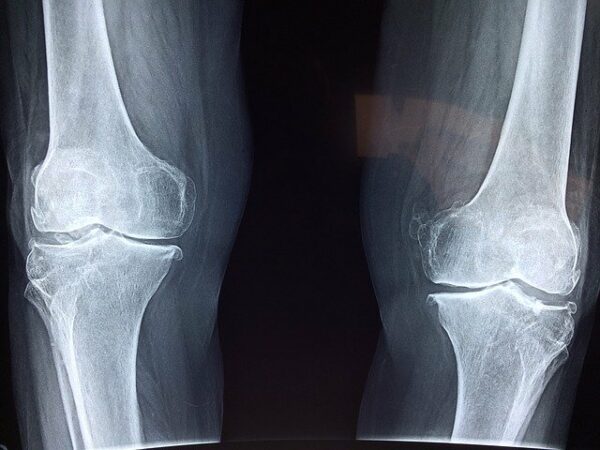Bisphosphonates are frequently used in the management of osteoporosis. They are often the go-to agent for this condition. Below we provide a bisphosphonate comparison table and I also wanted to highlight some of the most important clinical pearls that we should teach our patients and colleagues.
Oral administration of bisphosphonates is not something to take lightly. These drugs have strict requirements. Oral bisphosphonates should be administered first thing in the morning and prior to any food or medications. In addition, it should be taken with a full glass of water with the patient remaining upright for 30 minutes. This helps prevent esophagitis. Avoiding coadministration with food and other medications helps aid in maximizing absorption of the drug.
Another challenge with bisphosphonates is the length of use. 5 years is the magic number with oral bisphosphonates. That is the time to reassess if longer-term therapy is warranted or not. This decision is usually based upon the risk for future fracture when looking at the patient’s previous history.
Renal function is important to monitor with the use of bisphosphonates. Zoledronic acid is contraindicated if renal function is below 35 mls/min. Using oral bisphosphonates is controversial in patients with a GFR of less than 30 mls/min. In practice, I’ve seen it done. The challenge is that there isn’t a lot of clinical literature either supporting the safety of use or demonstrating harm if used in patients who have a GFR of less than 30 mls/min.
Bisphosphonate Comparison Table
| Alendronate | Risedronate | Ibandronate | Zoledronic acid | Pamidronate | |
| Brand name | Fosamax, Binosto | Actonel, Atelvia | Boniva | Reclast, Zometa | Aredia |
| FDA approval | Osteoporosis in males and postmenopausal females. Treatment of glucocorticoid-induced osteoporosis. Paget disease. | Osteoporosis in males and postmenopausal females. Treatment and prevention of glucocorticoid-induced osteoporosis. Paget disease. | Osteoporosis in postmenopausal females. | Osteoporosis in males and postmenopausal females. Bone metastases. Hypercalcemia of malignancy. Paget disease | Hypercalcemia of malignancy. Bone metastases or osteolytic lesions. Paget disease. |
| CrCl | <35mL/min: use not recommended | <30mL/min: use not recommended | <30mL/min: use not recommended | <35mL/min: use contraindicated | <30mL/min: contraindicated or dose-adjusted depending on disease |
| Route of administration | Orally | Orally | Orally or IV | IV | IV |
| Dosage form | Solution, tablet, effervescent tablet | Tablet | Tablet, IV solution | IV solution, IV concentrate | IV solution |
| Frequency | Weekly or daily | Weekly or daily | Monthly or every 3 months | Yearly or every other year | Depends on disease Minimum: weekly |
| Osteoporosis prevention dosing | 35 mg once a week or 10mg daily | 5mg once daily or 35mg once weekly or 150mg once monthly | Oral: 150mg once monthly | 5mg once every 2 years | N/A |
| Osteoporosis treatment dosing | 70mg once a week or 10mg daily | 35mg once a week or 5mg daily or 150mg once a month | Oral: 150mg once a month IV: 3mg every 3 months | 5mg once every 12 months | N/A |
| Duration of therapy | 5-10 years | 5-10 years | Oral: 5-10 years IV: 3 years | 3-6 years | Not known |
What other issues have you seen come up with bisphosphonates?
- 30 medication mistakes PDF
- 18+ Page Drug Interaction PDF
- 10 Commandments of Polypharmacy Webinar based on my experiences in clinical practice



0 Comments